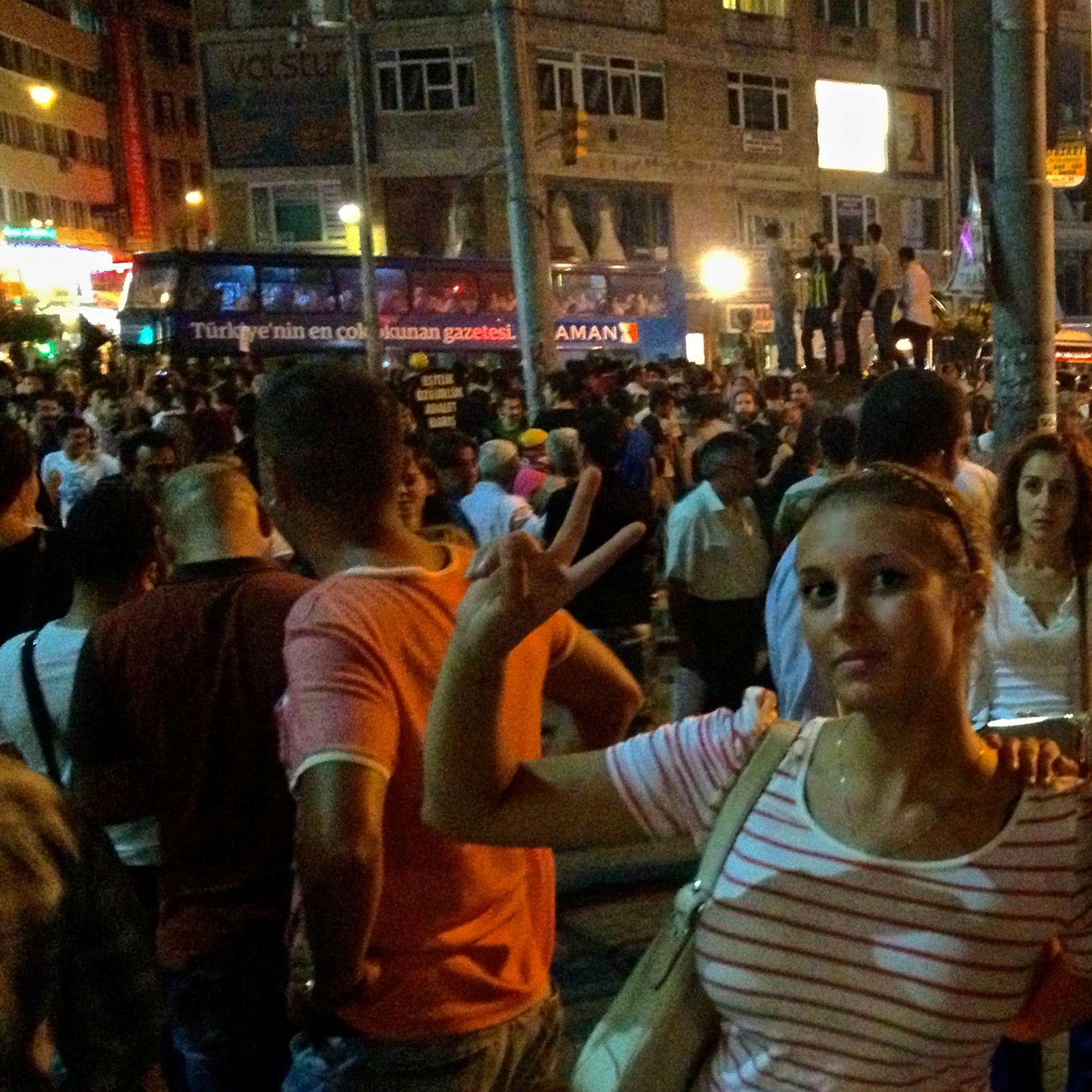Mustafa Kemal Atatürk
Türkiye Cumhuriyetinin 90 ıncı Yılı
29 October 2013: Turkey’s Republic Day

This past Tuesday marked the 90th anniversary of the Republic of Turkey. This holiday celebrates the new era of the Turkish identity from Ottomans to Turks. The keystone of this remarkable transformation that unites Turks still today is the most famous man in Turkey, even 75 years since his death, is Mustafa Kemal Atatürk.
To address the progression as well as the evolving political identity of Turkey, one must address the Kemalism (Kemalizm, Atatürkçülük, Atatürkçü düşünce)- the founding ideology of modern-day Turkey. Also known as the Six Arrows (Altı ok), this selective composition of thought defines progressional political, social, cultural and religious reforms in which all Turkish citizens are declared equal. This was quite a liberal and controversial sentiment back in 1923, for this mantra of equality was seen as a citizen’s right without reference to religion and subsequently established a secular, national, unitary state from the Ottoman Empire (empire of Faith). Kemal’s ideology emerged from within the Turkish traditional context of Comtean scientific positivism which creates the political futures according to human –rather than divine design– so it embodies both secular and modern properties in the fulfillment of many political goals. With a main focus of individualism, freedom, equality, rationality, and accountibilty as well as putting the primary focus on both education and political structures. In the context of the post-WWI world, this brought about European modernity in an Islmaic context, which still applies today both in political make-up and geographic placement. The man responsible for linking the eastern world with the west is Turkey’s founding father and first president Mustafa Kemal Atatürk.
In regards to the national hero and icon himself, I refer you to the following article: http://www.badassoftheweek.com/ataturk.html (badass sums him up quite well)
Note: although this article is written in a comical light, it highlights the ironies behind the man as well as seemingly paradoxical values and attributes.



